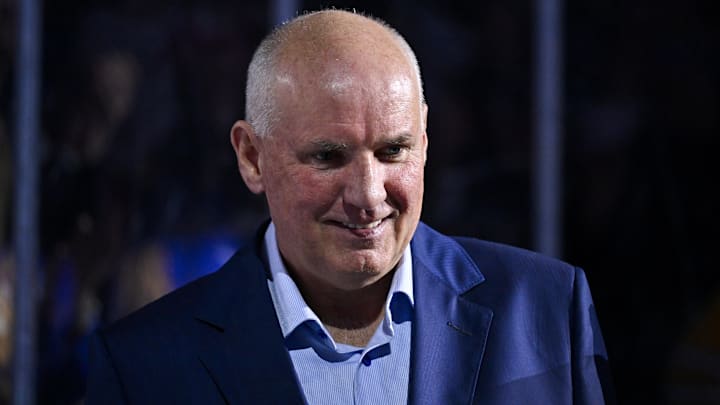The Blues had many needs at the beginning of the summer. Top line defense, elite-level scoring talent, center depth, just to name a few. After a busy offseason, many of these needs still remain. And let's be honest - the St. Louis Blues are not yet Stanley Cup contenders. Their window for contention is most likely 2 or 3 years away from opening up. However, despite that fact, Doug Armstrong has made it clear that the goal for the team is to remain competitive.
But how do you improve your team for the upcoming season without sacrificing long term success? Doug Armstrong may have found a solid answer with his offer sheets move. In this article, I'll break down some different methods of roster construction, and how they align with the Blues' unique situation.
Unrestricted Free Agency
One of the primary ways to immediately improve a hockey team is unrestricted free agency. It's also one of the most straightforward ways: you negotiate, sign the contract, pay the player, and they provide an upgrade for your team (at least, they should). But is this the right strategy for the Blues?
The Blues used free agency to add on the fringes, by signing UFAs Ryan Suter, Pierre-Olivier Joseph, and Kasperi Kapanen, and they should continue to sign smaller UFA contracts each offseason to address whatever needs they have. But what about bigger, splashier moves to land a star player in free agency?
As I mentioned earlier, the Blues are still a few years away from true contention. Paying big money to a big name doesn't make sense - yet. Once it becomes clear that the Blues are ready to contend again, they should open up the wallet to address glaring needs (like high level scoring) with established players. But, for now, I'm glad they resisted using valuable cap space to sign a player who will only get older as the Blues return to Stanley Cup contention.
